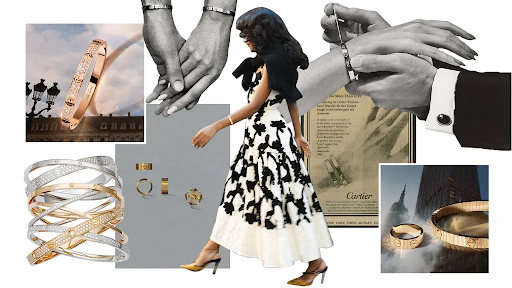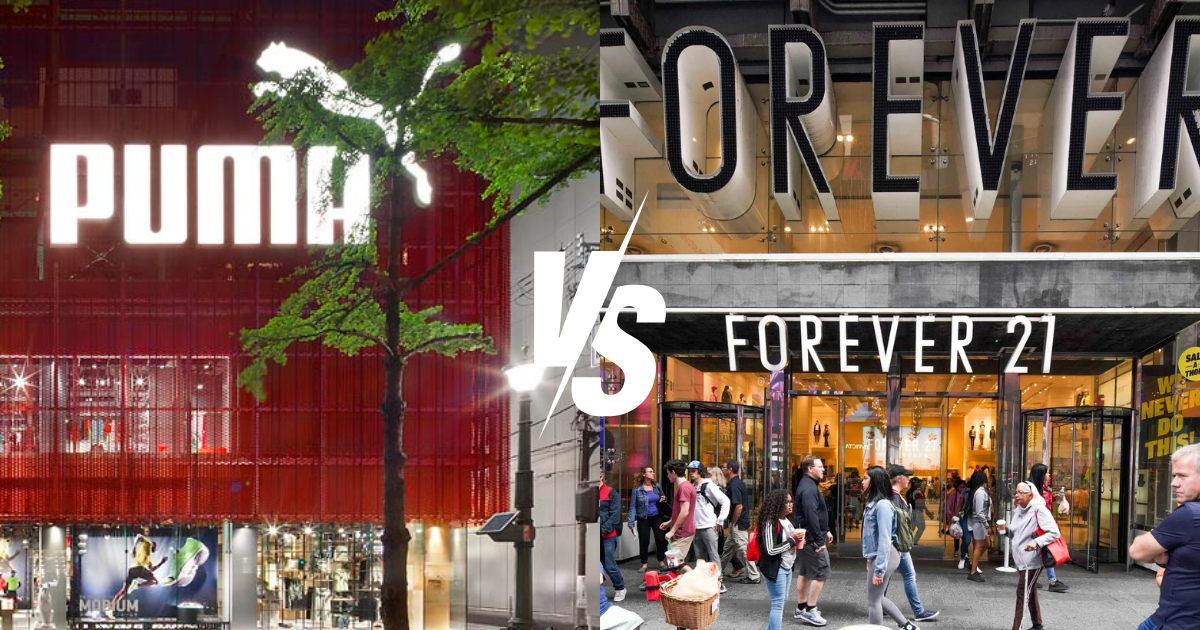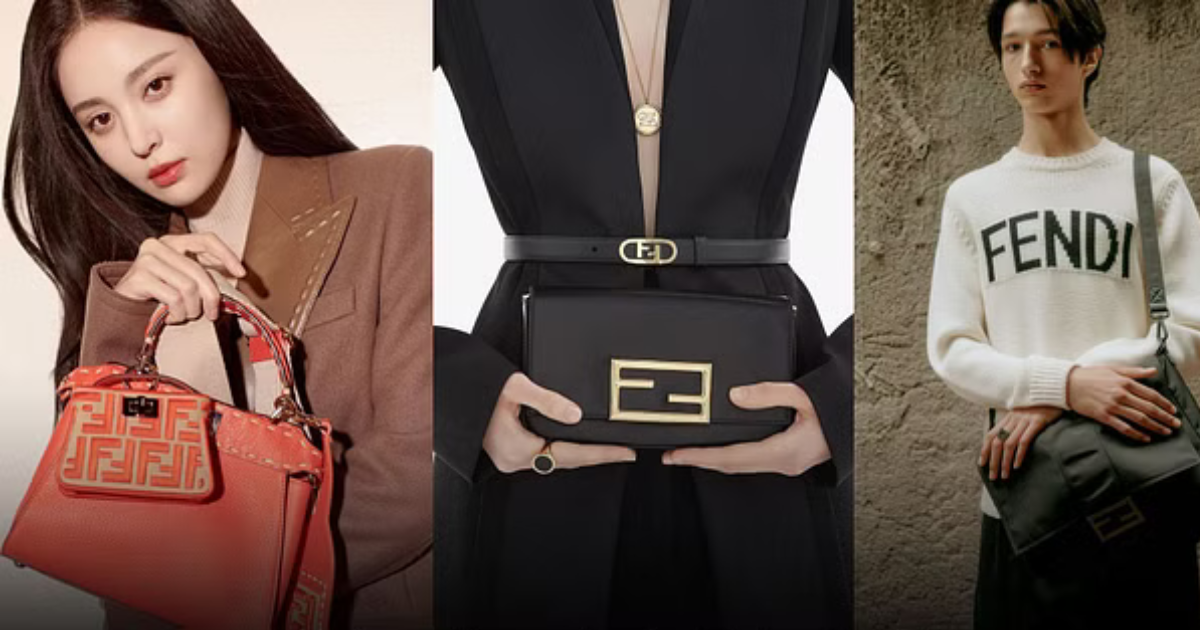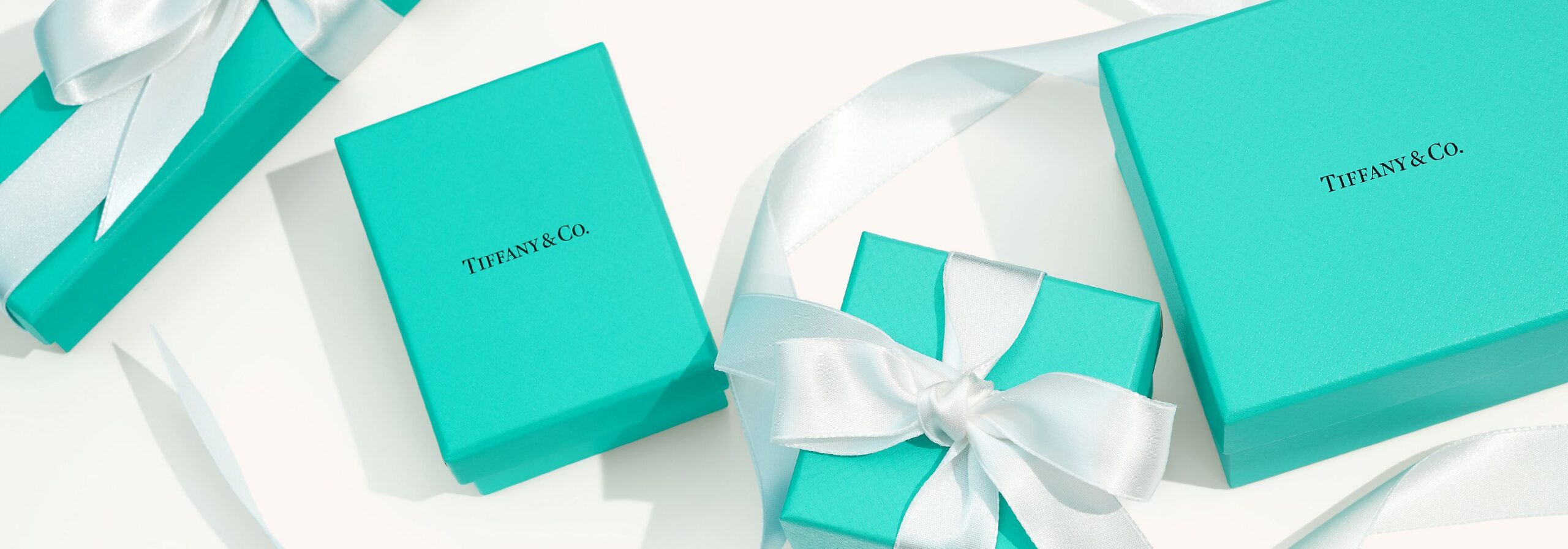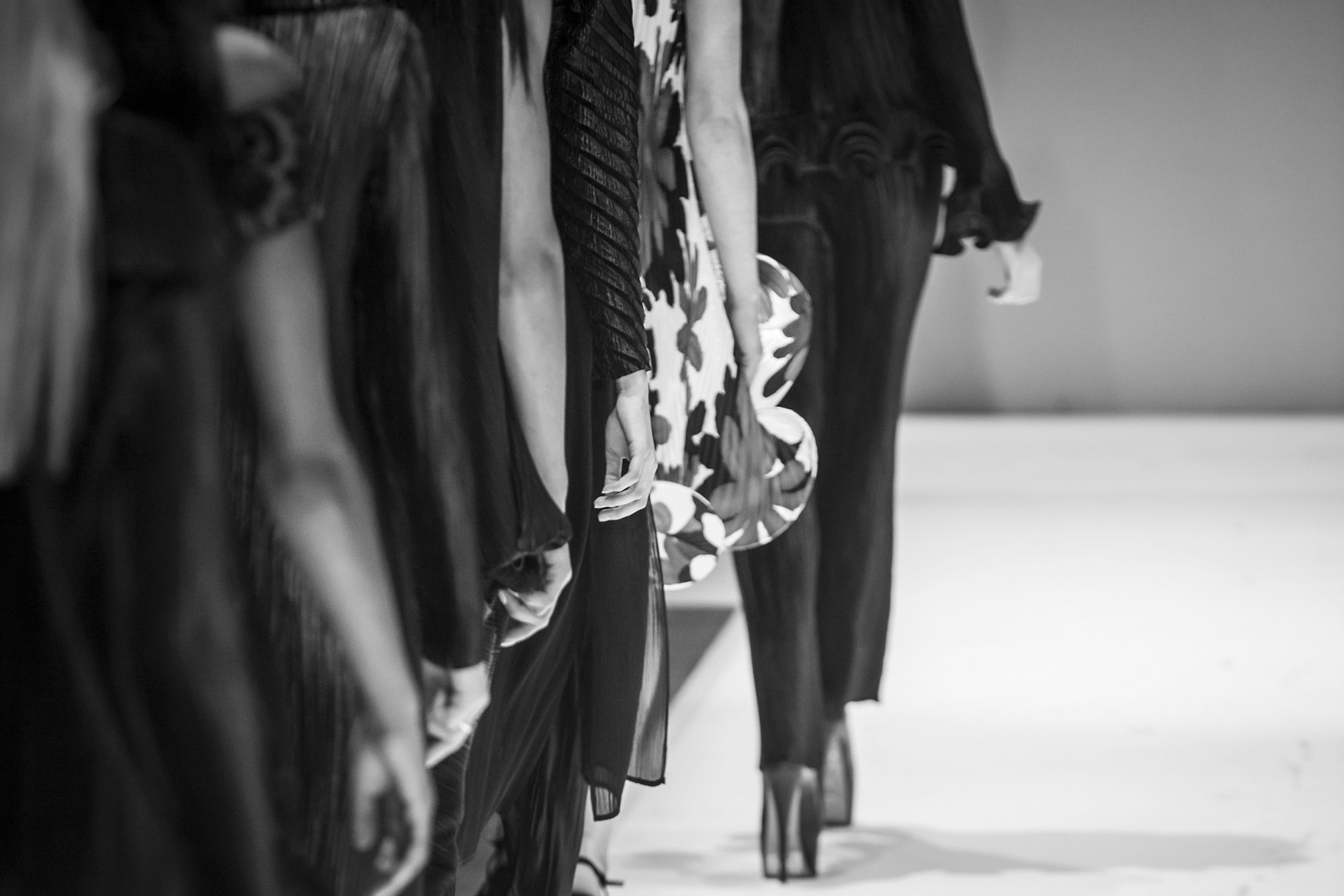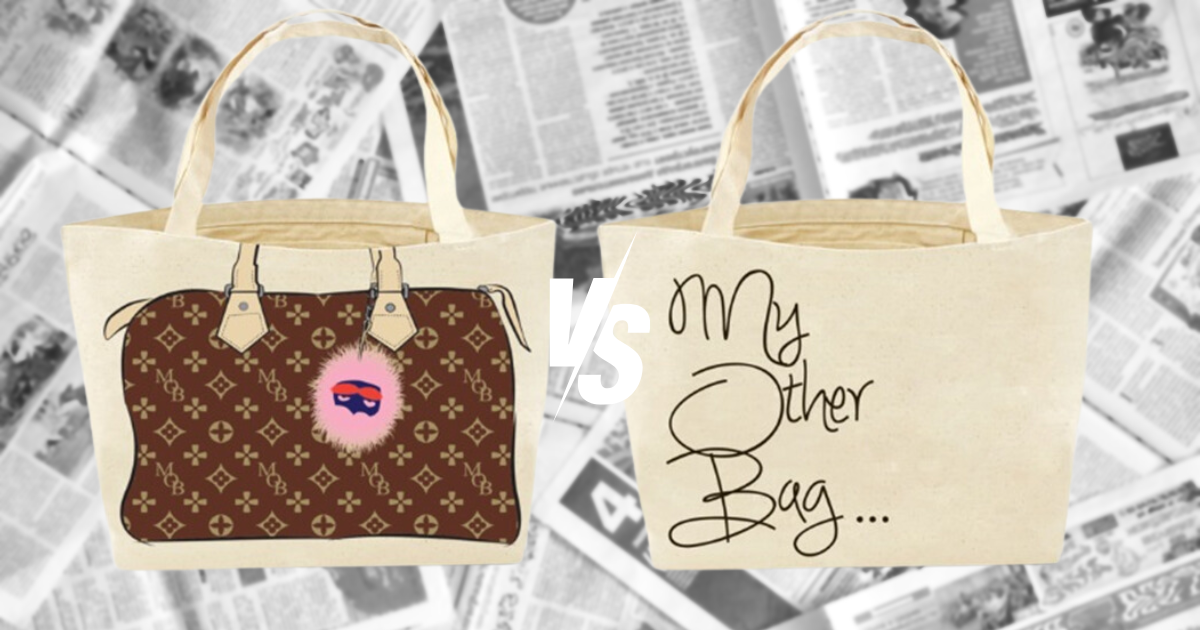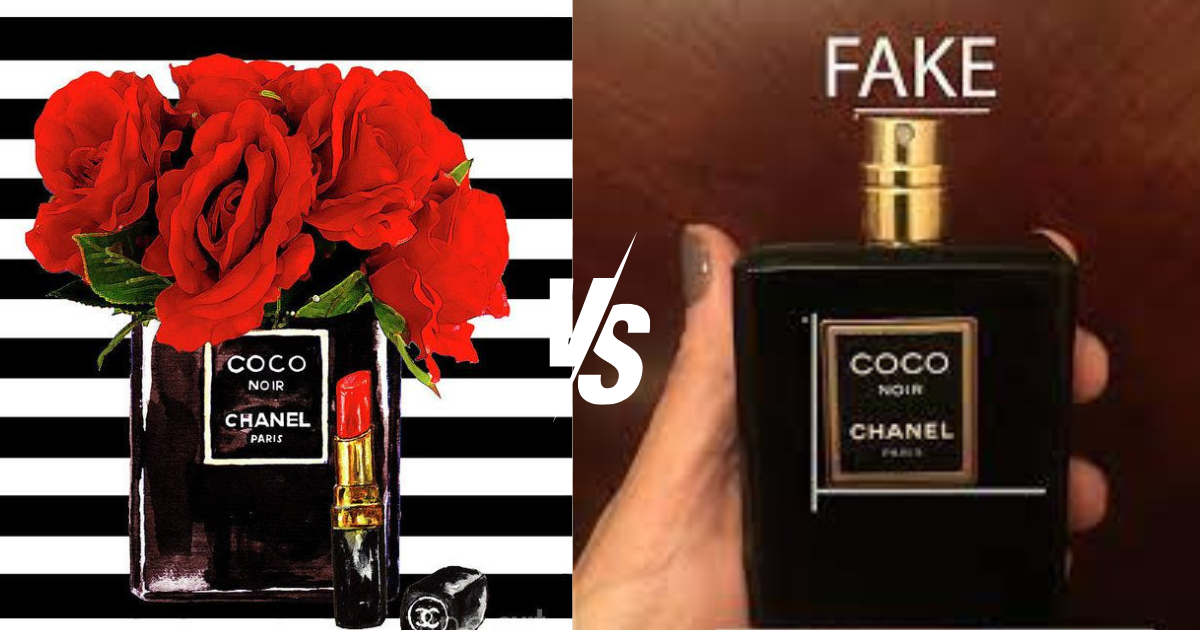Facts
Since December 2014, the well-known musician Rihanna has been the Puma apparel and footwear brand’s women’s creative director. In this role, Rihanna has promoted Puma’s “Fenty” label as a brand ambassador. Puma limited the number and sales of the Fenty products because they were luxury goods. This helped to make the Fenty products and the Puma brand more desirable.
As a part of this footwear collection, Puma designed and released the Puma by Rihanna “Creeper” Sneaker in 2015. The “Creeper” stands out from other shoes on the market because to its overall design, which has suede uppers and a thick rubber outer sole with ridged tooling and a gritty feel. In April 2016, Puma launched the “Fur Slide” sandal in response to the “Creeper’s” success. The “Fur Slide” was replaced in March 2017 by the “Bow Slide.” Puma’s “Fur Slide,” “Bow Slide,” and “Creeper” sneakers—collectively referred to as the “Fenty Shoes”—have seen tremendous and noteworthy popularity. Significant unsolicited media coverage of the Fenty Shoes has also been obtained; it has appeared in Harper’s Bazaar, Vanity Fair, W Magazine, Allure, and Vogue.
Numerous intellectual property rights shield Puma’s Fenty Shoes. With a strong global enforcement mechanism, Puma safeguards its intellectual property in Fenty Shoes. Recently, Puma was able to get an injunction against Top Shop, a German shop, to stop it from selling imitations of Fenty shoes. Forever 21 took full advantage of the considerable goodwill of Puma, Rihanna, and the Fenty sneakers by openly copying, or “knocking-off,” each of these sneakers.
A range of shoes were released by Forever 21 under its brand name. Later in March 2017, Puma filed a lawsuit against Forever 21 in a Californian District Court, alleging that the shoe company’s designs were identical to Puma’s Fur Slide, Bow Slide, and Creeper Sneaker, all of which are part of the Fenty collection, which was created by well-known vocalist Rihanna Fenty. They had thereby violated Puma’s plan patent.
Issues
- Should Forever 21’s motion to dismiss be granted?
Law
Puma sued Forever 21 for potentially violating several intellectual property laws:
- Trade Dress Infringement: This law protects the overall look and feel of a product, including its design, packaging, and color scheme. Puma argued that Forever 21’s shoes were too similar to their “Fenty Shoes” in appearance, likely confusing consumers.
- Copyright Infringement: Copyright protects original creative expression, potentially applicable to certain unique design elements of the “Fenty Shoes.” Puma might have claimed copyright protection over these aspects.
- False Designation of Origin: This law prohibits misleading consumers about a product’s source. Puma could argue that Forever 21’s shoes were designed to appear as if they were made by Puma or Rihanna, deceiving customers.
The lawsuit also mentions a design patent, but the facts clarifies it wasn’t granted. It’s possible Puma planned to pursue a design patent but hadn’t secured it at the time of the lawsuit.
Analysis
The Puma vs. Forever 21 case offers a nuanced look at fashion design protection and the challenges companies face. Here’s a deeper analysis beyond the initial breakdown:
Shifting Grounds for Denial:
The court’s initial dismissal of most claims, with the opportunity for Puma to amend, suggests the arguments were:
- Incomplete: Puma might not have presented all the evidence or legal arguments needed for a strong case.
- Technically Flawed: The way Puma framed their claims for trade dress, copyright, and potentially the patent, might have contained weaknesses.
Forever 21’s Counter-Strategy:
Their arguments likely focused on two key areas:
- Prior Art: They probably presented evidence of similar shoe designs existing before Puma’s, weakening claims of originality for trade dress, copyright, and potentially the patent.
- Questionable Authorship: By pointing out the discrepancy between Puma’s public statements about Rihanna’s design role and the lack of her name on copyright applications, Forever 21 might have cast doubt on Puma’s ownership of the intellectual property (IP).
Uncertainties and Implications:
The settlement leaves some questions unanswered:
- Would Puma’s amended claims have prevailed? It’s unclear if they could have addressed the weaknesses identified by the court.
- Was the design patent claim valid? Forever 21’s challenge to the patent’s originality remains unresolved.
Lessons Learned:
Companies can take away several valuable lessons:
- Strong IP Strategy: Developing a comprehensive strategy for protecting designs, including registration and documentation, is crucial.
- Clear Ownership: Ensuring clear ownership of IP rights, with proper attribution of designers or collaborators, avoids potential legal roadblocks.
- Gathering Evidence: Building a strong case with thorough evidence of originality and infringement strengthens the legal position.
The Evolving Landscape of Fashion IP:
This case reflects the ongoing debate about intellectual property protection in the fashion industry. As fast fashion companies like Forever 21 replicate trends quickly, established brands like Puma struggle to defend their designs. Finding a balance between protecting creativity and fostering innovation remains a challenge.
Judgment
Judge Phillip Gutierrez claims that although Puma openly states that Rihanna invented the sneaker at issue in this lawsuit, Rihanna was not included as an artist on Puma’s copyright applications or as an investor on Puma’s design patent. From this, he was able to derive two possible conclusions: either Puma misrepresented material facts to the Patent and Copyright office, submitting false information there, or they misrepresented to the public that Rihanna designed the shoes, misleading the courts into believing that her contribution lessens the exchange’s charitable nature.
Puma has agreed to a patent that will protect the shoe’s design from being used as the initial cause of action. It needs to exhibit the following:
assign blame for a patent; identify each party involved in the dispute; ask for the patent; describe the ways in which six parties are accused of infringement; and draw attention to the jurisprudential passages cited.
In addition, Puma claims Forever 21 plagiarized their strategy, despite Puma meeting all the standards and disputing ownership.
Additionally, Puma stated that the incursion of exchange clothing for all of the shoes listed above was the second cause for the action. “Exchange dress” describes how something seems in the entire image. In the case of an object or article of clothing, it could comprise shape, size, shading, and so forth. Forever 21 thus asserts that Puma has failed to demonstrate that the exchange dress is practical, and thus, the court dismisses the case.
Author : Jayani Banerjee, Christ (Deemed to be University)



